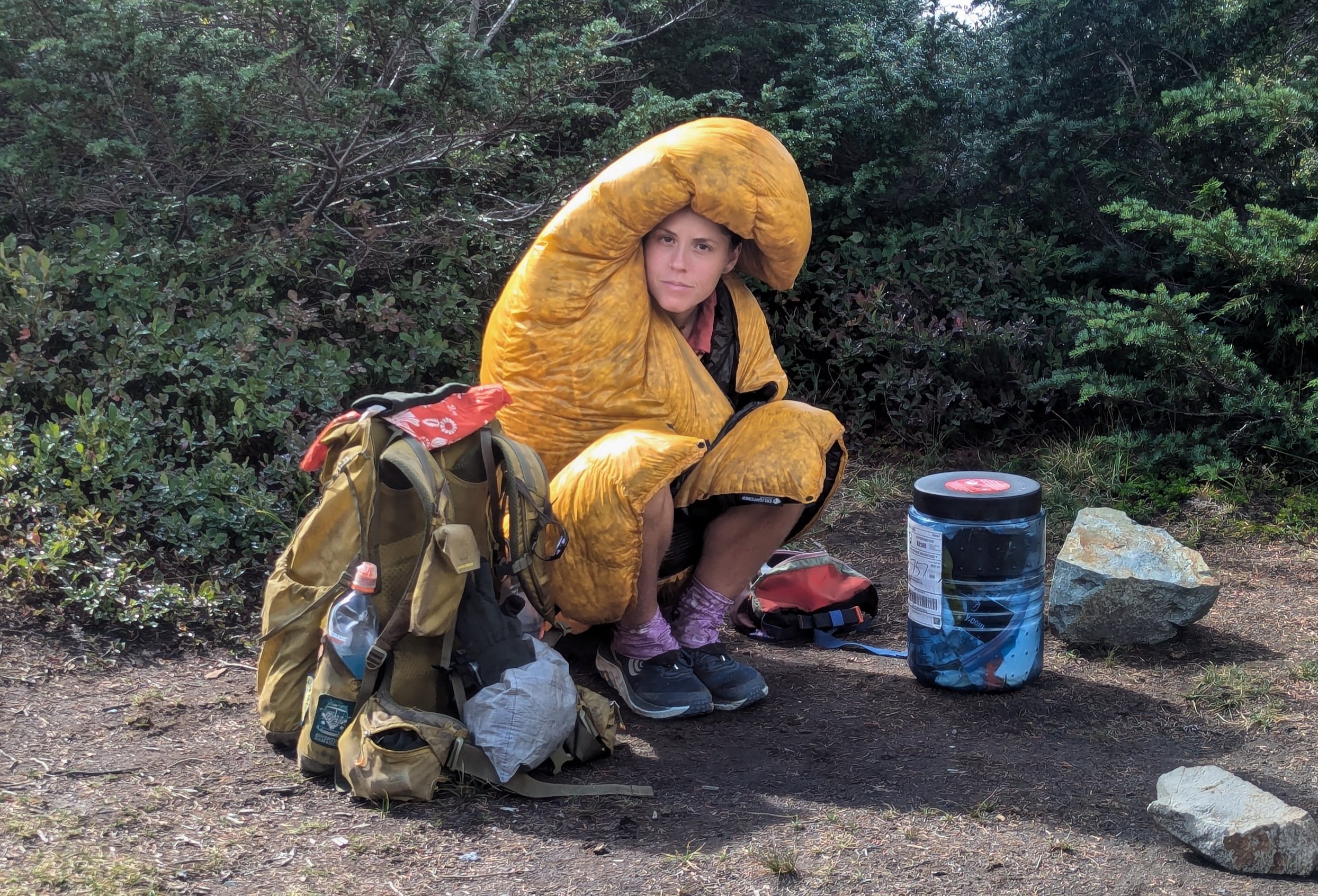How to Choose Thru Hiking Gear
Finding gear that is going to work best for you is a stressful task, especially on a budget. There is new gear developed constantly, and you have to make the decision of whether the price tag meets the functionality.
Our approach to gear purchases is based on our experience in multiple thru hikes. While every hiker’s needs are different, this approach provides a framework to turn the laundry list of “to-dos” into a manageable gear list.
#1 Set your Budget
Gear budget should not be the barrier to a thru hike attempt. If money was no object, then you certainly can rack up a gear receipt over $5,000 easily. However, it is not a requirement, and a full set of quality gear can be achieved at a reasonable price tag.
If you own no backpacking gear a realistic budget for lightweight gear is between $2,000 - $3,000. There is flexibility with this estimate based on the gear options we will detail below.
#2 Make your List
One of the top ways to save money on gear is to buy less gear. 50 lbs of ultralight gear is still 50 lbs.
Ask yourself if you will be comfortable carrying this item(s). Will it make the trek more comfortable for you? An extra set of clothing can make for a comfortable evening, especially if you got stuck in rain all day, but will you comfortable carrying the extra 1-2lbs for 12hrs a day?
To reference our gear lists for both the AT and PCT see our post "What’s in Our Packs”.
#3 Rate your Gear Options
Gear Triangle: Weight, Comfort, Functionality
You can spend weeks watching YouTube videos, reading blog posts (just like this one), and scouring hiker’s ‘lighter pack’ profiles in attempts to choose the perfect gear. Ultimately it all boils down to the gear triangle.
Light weight: ‘Ultralight’ is the buzzword of the hiking community. Now while it can overemphasized, ultimately the lighter your gear the better your body will feel. Consider the weight of item not as it stands independently but also how it sacks up to your entire gear load. Sometimes the weight differential between companies or products is ounces and sometimes it is pounds. You can go a little heavier on a cooking pot but cut a pound on the quilt.
Comfort: Light weight gear has come leaps and bounds in the past 10 years, but it still holds that when something weighs less it is because there is less. Sometimes that is good thing. You want less loops and string hanging off your pack… and sometimes it means a cold night when you choose a 50-degree quilt. It is easy to discount comfort when you sitting at home thinking of the woods, but I can say from first-hand experience when you haven’t slept for 4 nights because your hips are touching the ground you start to rethink that.
Functionality: This is double ponged category it both refers to item serving a purpose (and serving it well) and the quality of the item. Example, wind pants are a UL option for having both something for warmth and having spare bottoms for town laundry. Due to the nature of wind pants being extremely thin you want to ensure that the pair you buy is quality enough to actually be useful.
The Cost Factor
You probably noticed that cost was not included in the triangle above. That is because cost is a filter that lies overtop of the triangle. If an item has all three things on the triangle, then it will have a high cost. In referencing “high cost” I don’t mean objectively I am referring to the cost of at particular item/brand compared to its like options.
Here is an example, the cost of a cooking pot.
Option 1: $17.99, 8.5oz, aluminum
Option 2: $49.99, 4.8oz, titanium
The lighter one will be 1/4 lb more comfortable (less weight on your back) but they both will provide the same function. Is the ~4oz saved worth $32?
Now let’s try a more difficult example on quilts.
Option 1: $380, 1.3lbs, 20 degree
Option 2: $160, 2.5lbs, 20 degree
Option 3: $199, 1.4lbs, 40 degree
A 40-degree quilt, while light, won’t have comfortability to keep you warm and will cost you in functionality when you have to carry sleep thermals. In comparing the 20-degree options, they will be comfortable and functional for a cold sleeper so the difference in weight becomes the deciding factor. Is $120 worth 1.2lbs? Does it persuade you more if you knew that option #1 was known for much better quality than option #2?
#4 Prioritize
This is where we combine your gear list with your budget. The goal is to pick out the items where spending more money will have the biggest impact. Continuing our example above, we have to prioritize spending money on a cooking pot or a quilt. It seems that the triangle does not shift much between the pot options so you select the cheaper one. However, you have to compromise quite a bit on the triangle for the cheaper options and therefore decide to prioritize budget toward the quilt.



It is daunting task to narrow down all the items you will need for 6 months into a single, sub-60 liter pack. We know, we’ve been there and we want to share the lessons we have learned.